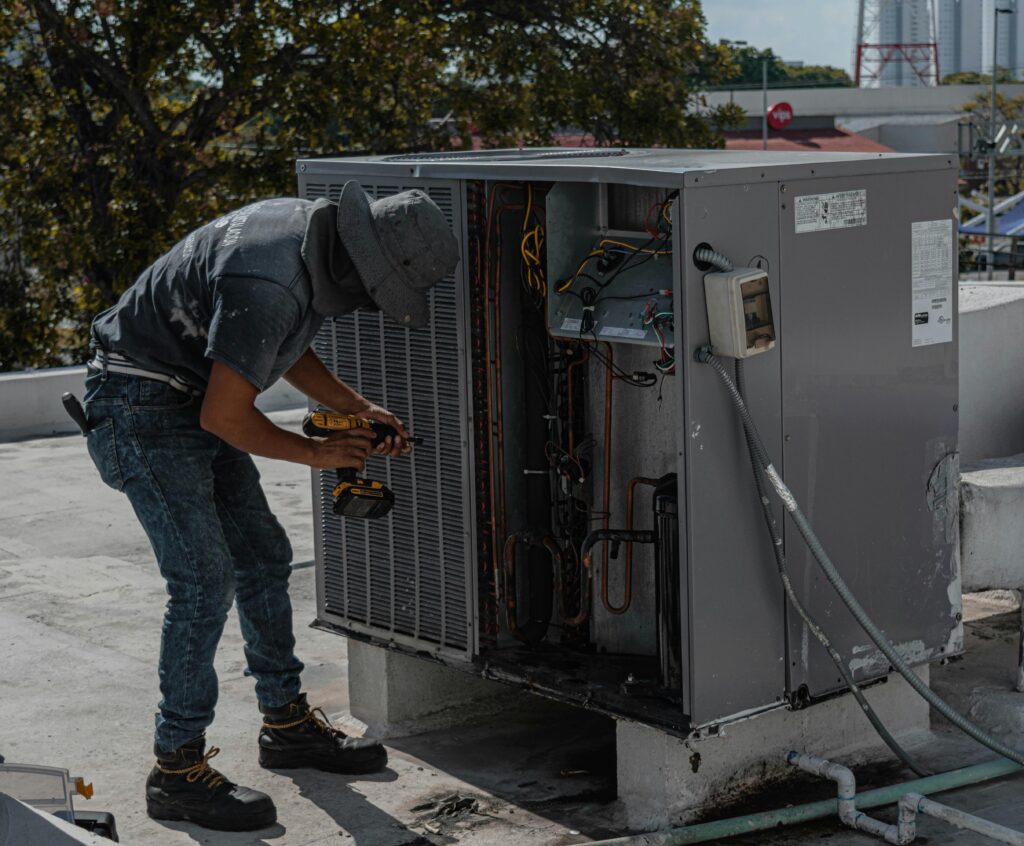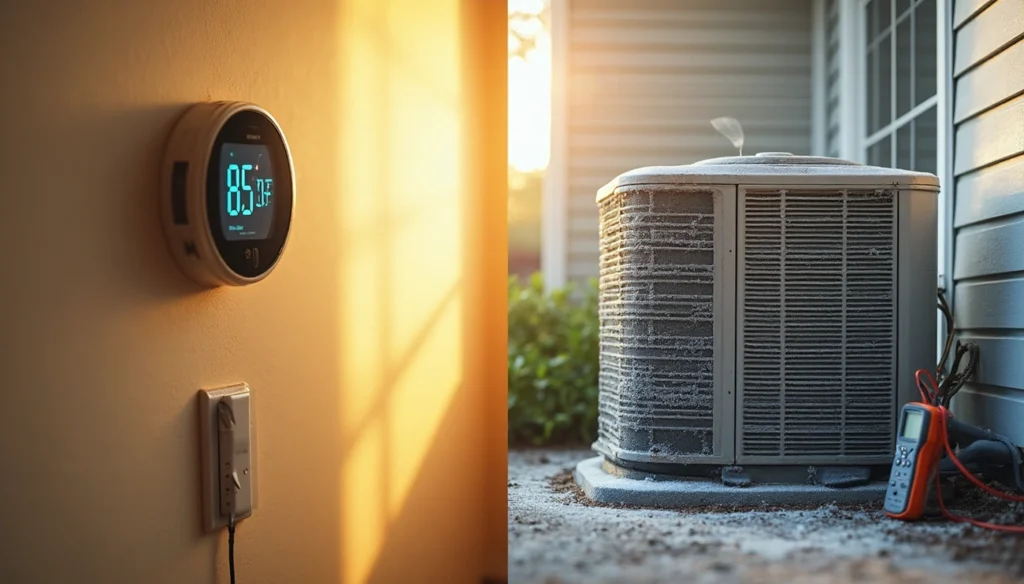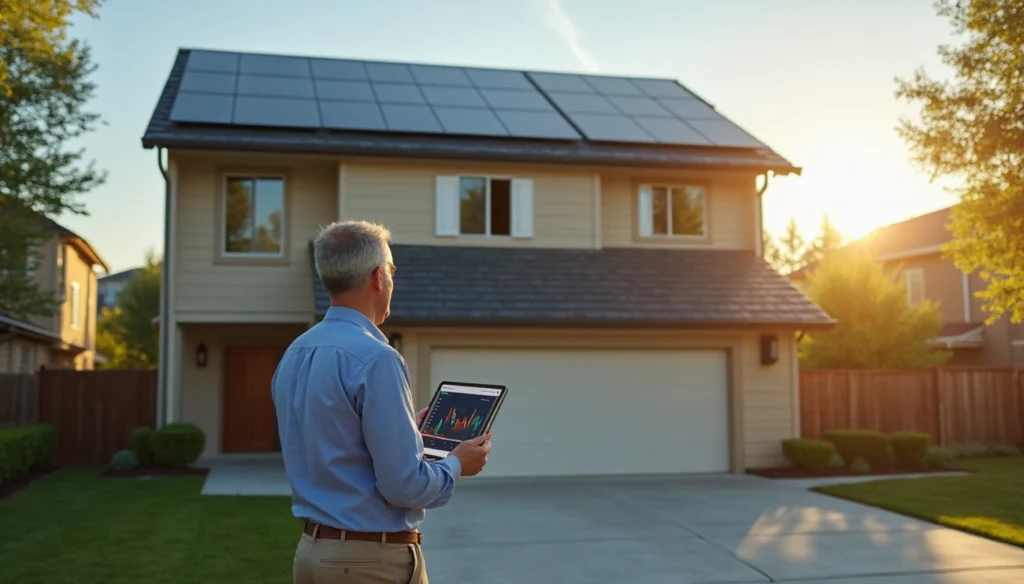Introduction to Ductless HVAC Systems
In today’s fast-paced world, homeowners are constantly seeking ways to enhance the comfort and efficiency of their living spaces. One increasingly popular solution is the adoption of ductless HVAC systems. Unlike traditional HVAC systems that rely on extensive ductwork, ductless systems offer a streamlined approach to heating and cooling. This modern technology is not only revolutionizing the way homes are climate-controlled but is also becoming a preferred choice for those seeking eco-friendly and cost-effective solutions.
Ductless HVAC systems, often referred to as mini-split systems, consist of an outdoor compressor unit connected to one or more indoor air-handling units. These systems are designed to provide targeted heating and cooling to specific areas or rooms, making them an ideal choice for homes with varying temperature needs. By understanding the unique features and benefits of ductless systems, homeowners can make informed decisions about their HVAC needs.
As energy efficiency becomes a paramount concern for many, ductless systems present a compelling alternative to conventional HVAC solutions. This introduction serves as a gateway to exploring the multifaceted advantages of ductless systems, including their operational mechanics, cost-saving potential, and suitability for diverse residential settings.
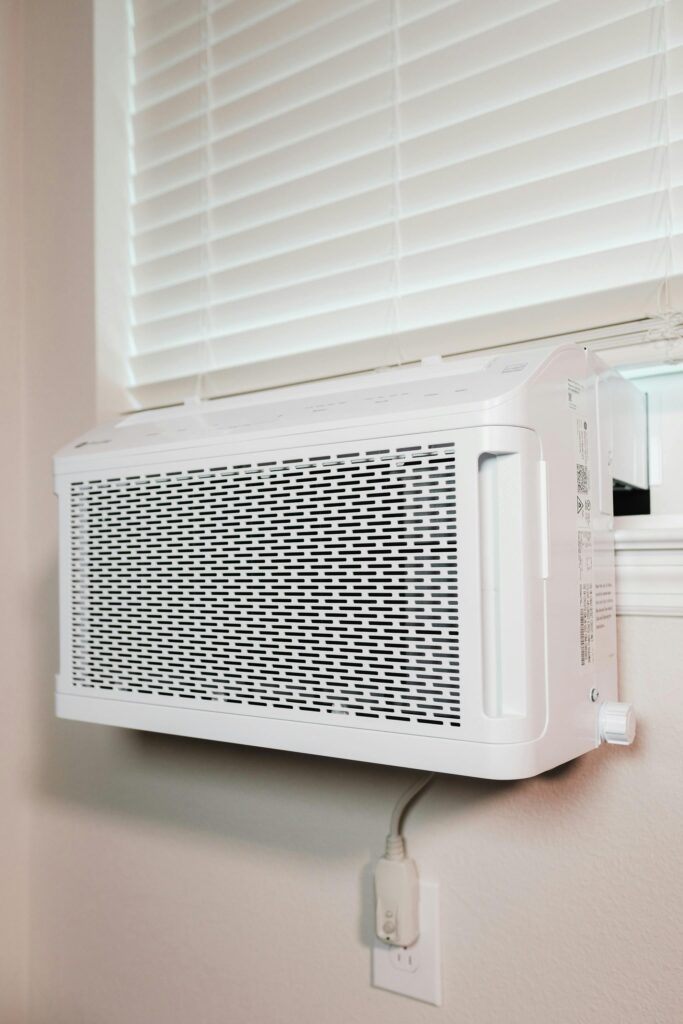
Understanding How Ductless HVAC Systems Work
At the core of ductless HVAC systems is their innovative design, which eliminates the need for traditional ductwork. This system comprises an outdoor compressor unit and one or more indoor air-handling units. These components are connected by refrigerant lines, which allow for the efficient transfer of heat or cool air throughout a home. This architecture not only simplifies installation but also enhances the system’s adaptability to various home designs.
The operation of ductless systems is both straightforward and efficient. The indoor units are typically mounted high on a wall or ceiling, allowing them to distribute air evenly across the room. Each unit operates independently, providing precise temperature control for individual zones. This zoning capability is particularly beneficial for homes with varying thermal requirements, as it allows homeowners to customize the climate in each room according to personal preferences.
One of the standout features of ductless systems is their use of inverter technology. This technology adjusts the compressor speed in response to the cooling or heating demand, minimizing energy consumption while maintaining consistent indoor temperatures. This adaptive capability not only enhances comfort but also reduces energy waste, making ductless systems a smart choice for eco-conscious homeowners.
Benefits of Ductless HVAC Systems for Homeowners
Ductless HVAC systems offer a multitude of benefits that cater to modern homeowners’ needs. Firstly, they provide unparalleled flexibility in terms of installation. Without the need for ductwork, these systems can be easily integrated into various architectural styles, from historic homes to newly constructed buildings. This adaptability ensures that homeowners can enjoy modern comfort without compromising their home’s aesthetic integrity.
Moreover, ductless systems are known for their energy efficiency. By allowing homeowners to create independent zones, these systems enable precise temperature control, reducing energy usage in unoccupied areas. This targeted approach not only leads to significant cost savings but also contributes to a smaller carbon footprint, aligning with the growing trend of sustainable living.
Another significant advantage is the improved indoor air quality that ductless systems offer. Traditional ducted systems can harbor dust, allergens, and other pollutants within their ductwork. In contrast, ductless systems feature advanced filtration technology that captures contaminants at the source, promoting a healthier indoor environment. This feature is particularly beneficial for households with members who suffer from allergies or respiratory conditions.
Comparing Ductless HVAC Systems to Traditional HVAC Systems
When evaluating HVAC options, it’s essential to compare ductless systems with traditional HVAC systems to understand their respective strengths and limitations. Traditional systems rely on a network of ducts to distribute air throughout a home, which can lead to energy losses and uneven temperature distribution. In contrast, ductless systems deliver air directly to each zone, ensuring consistent comfort and reducing energy waste.
A key distinction between the two systems lies in their installation requirements. Traditional systems often necessitate extensive ductwork, which can be invasive and costly to install, especially in older homes. Ductless systems, however, require minimal structural modifications, making them a more practical choice for renovations and retrofits. This ease of installation also contributes to faster project timelines and reduced labor costs.
In terms of maintenance, ductless systems typically require less upkeep than their traditional counterparts. Without ducts to clean and seal, homeowners can focus on simple tasks such as cleaning the filters and ensuring the outdoor unit is free of debris. This reduced maintenance burden is another factor that appeals to homeowners seeking a hassle-free HVAC solution.
Energy Efficiency and Cost Savings of Ductless HVAC Systems
Energy efficiency is a significant driving factor behind the growing popularity of ductless HVAC systems. These systems are designed to operate with minimal energy consumption, thanks to their advanced technology and zone-specific control. By heating or cooling only the spaces in use, ductless systems can reduce overall energy expenditure and lower utility bills.
The inverter technology used in ductless systems plays a crucial role in achieving energy savings. By adjusting the compressor speed to match the desired temperature, these systems avoid the energy spikes associated with traditional HVAC systems that cycle on and off. This continuous operation not only maintains a steady indoor climate but also prolongs the system’s lifespan by reducing wear and tear.
Cost savings extend beyond energy bills. The simplified installation process of ductless systems translates to lower upfront costs compared to traditional systems requiring ductwork. Additionally, many utility companies offer rebates and incentives for installing energy-efficient systems, further enhancing the financial appeal of ductless HVAC solutions. Homeowners can benefit from both immediate and long-term savings, making ductless systems a financially sound investment.
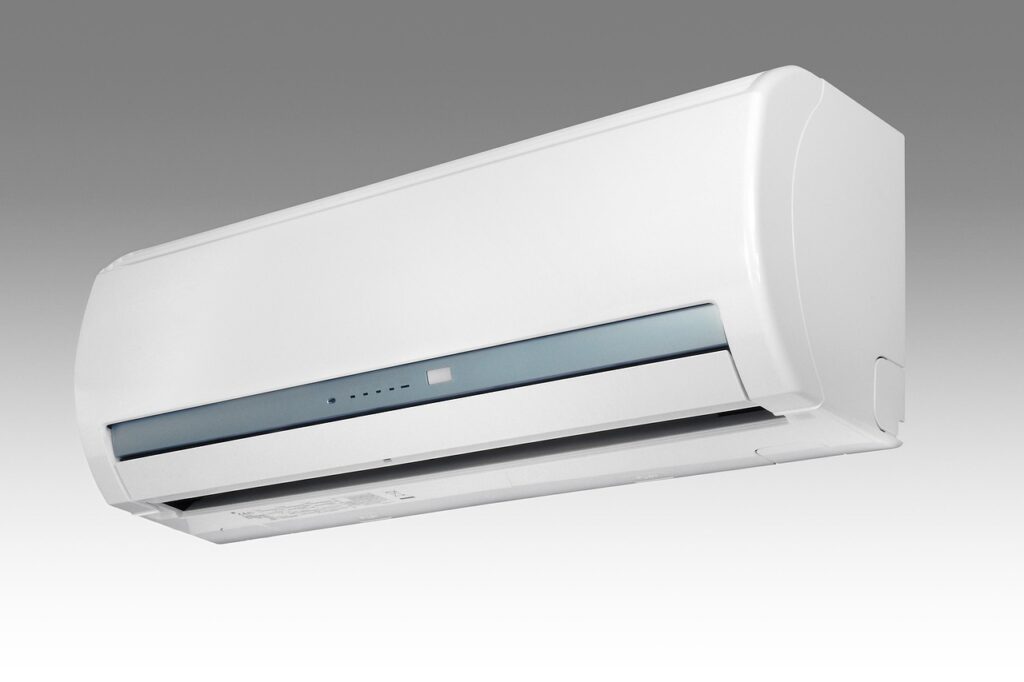
Installation Process and Costs of Ductless HVAC Systems
The installation of ductless HVAC systems is a relatively straightforward process, offering several advantages over traditional systems. Unlike systems that require extensive ductwork, ductless installations involve mounting indoor units and running refrigerant lines to the outdoor unit. This minimally invasive approach allows for quicker installation times and less disruption to the home environment.
The cost of installing a ductless system can vary based on several factors, including the number of indoor units required and the complexity of the installation. However, the absence of ductwork generally leads to lower installation costs compared to traditional systems. Homeowners should also consider the long-term savings on energy bills and maintenance when evaluating the overall cost-effectiveness of ductless systems.
Many HVAC professionals offer comprehensive installation packages that include system sizing, unit placement, and post-installation testing. By working with experienced technicians, homeowners can ensure their system is correctly installed and optimized for peak performance. This professional guidance is invaluable in maximizing the benefits of a ductless HVAC system and ensuring its longevity.
Maintenance and Longevity of Ductless HVAC Systems
Ductless HVAC systems are renowned for their durability and low maintenance requirements. Regular maintenance tasks are minimal and typically include cleaning the air filters, ensuring the area around the outdoor unit is clear, and checking the refrigerant levels. By performing these simple tasks, homeowners can keep their systems running efficiently and extend their operational life.
The robust design of ductless systems contributes to their longevity. With fewer moving parts compared to traditional HVAC systems, ductless units are less prone to mechanical failures. This reliability reduces the likelihood of costly repairs and replacements, providing homeowners with peace of mind and long-term savings.
While ductless systems are designed for durability, periodic professional maintenance is recommended to ensure optimal performance. HVAC technicians can inspect the system for potential issues, perform necessary adjustments, and provide guidance on maintaining efficiency. By investing in routine professional care, homeowners can maximize the lifespan of their ductless systems and enjoy consistent comfort for years to come.
Best Brands and Models for Ductless HVAC Systems
The market for ductless HVAC systems is diverse, with several reputable brands offering high-quality units suitable for various residential needs. Some of the top brands known for their reliability and innovation include Mitsubishi Electric, Daikin, Fujitsu, and LG. These manufacturers offer a range of models designed to meet different space requirements and budget considerations.
When selecting a ductless system, homeowners should consider factors such as energy efficiency ratings, noise levels, and the number of zones needed. Many leading brands provide models with high SEER (Seasonal Energy Efficiency Ratio) ratings, which indicate superior energy efficiency. Additionally, some units come equipped with smart technology features, allowing users to control their system remotely via mobile apps.
Consulting with an HVAC professional can provide valuable insights into the most suitable brands and models for a specific home. Professionals can help assess the space and recommend systems that align with the homeowner’s preferences and lifestyle. By choosing the right brand and model, homeowners can ensure their ductless HVAC system delivers optimal performance and satisfaction.
Common Myths and Misconceptions about Ductless HVAC Systems
Despite their growing popularity, ductless HVAC systems are often subject to misconceptions that may deter potential buyers. One common myth is that ductless systems cannot adequately heat or cool larger homes. In reality, ductless systems are highly versatile and can be configured with multiple indoor units to provide comprehensive climate control for homes of any size.
Another misconception is that ductless systems are overly expensive. While the initial installation cost may be higher than some traditional systems, the long-term savings on energy bills and maintenance often offset this expense. Additionally, the availability of rebates and incentives for energy-efficient systems further enhances their affordability.
Some homeowners may also believe that ductless systems are unsightly or intrusive. However, modern ductless units are designed with aesthetics in mind, featuring sleek and unobtrusive designs that blend seamlessly with interior decor. By dispelling these myths, homeowners can make informed decisions and fully appreciate the benefits of ductless HVAC systems.
Testimonials and Case Studies from Homeowners
Numerous homeowners have experienced the transformative benefits of ductless HVAC systems firsthand. For instance, a family in New England reported significant improvements in comfort and energy savings after replacing their outdated central HVAC system with a modern ductless setup. They noted a reduction in their monthly utility bills and appreciated the ability to customize temperatures in different rooms.
In another case, a homeowner in California opted for a ductless system to address uneven cooling in their multi-story home. The system’s zoning capability allowed them to maintain consistent temperatures across all levels, enhancing comfort and reducing energy waste. They were particularly impressed with the system’s quiet operation and low maintenance requirements.
These testimonials underscore the positive impact of ductless systems on homeowners’ comfort and finances. By sharing these real-world experiences, potential buyers can gain confidence in the decision to embrace ductless technology and enjoy the many advantages it offers.
Conclusion: Is a Ductless HVAC System Right for You?
Ductless HVAC systems present a compelling option for homeowners seeking efficient, flexible, and eco-friendly climate control solutions. With their innovative design, energy-saving capabilities, and ease of installation, ductless systems are well-suited to a wide range of residential settings. By understanding the benefits and dispelling common misconceptions, homeowners can make informed decisions that contribute to enhanced comfort and cost savings.
For those considering a transition to ductless systems, consulting with an HVAC professional is a valuable step in the decision-making process. Professionals can provide tailored advice based on individual needs and ensure the chosen system is optimized for performance and longevity. As more homeowners embrace ductless technology, the future of home climate control looks promisingly efficient and sustainable.
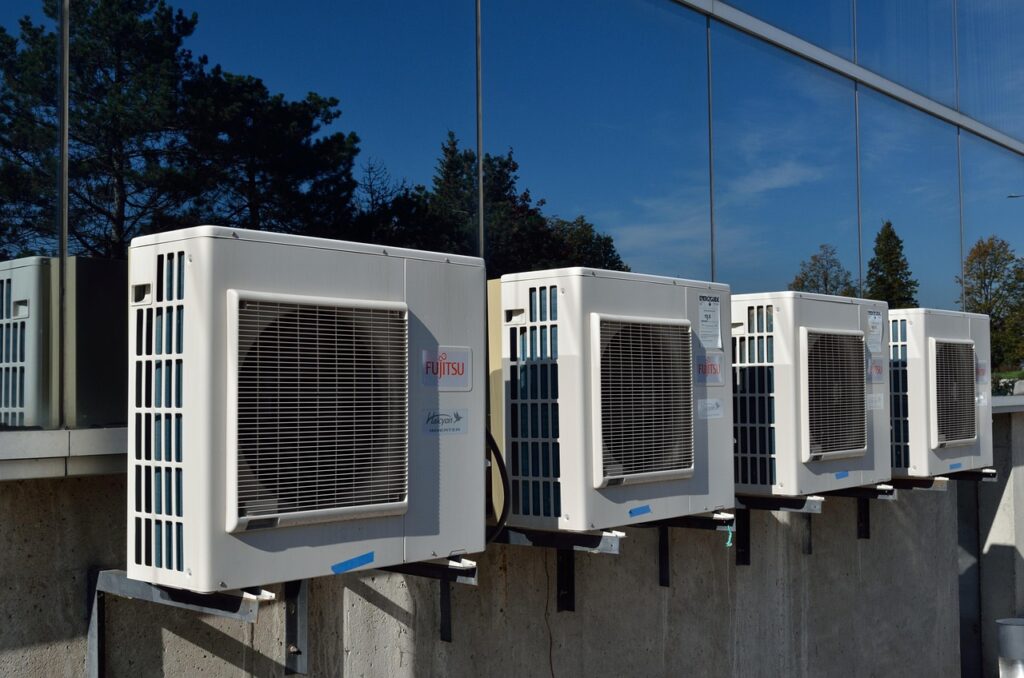
FAQ
- What are ductless HVAC systems and how do they work?
Ductless HVAC systems, or mini-split systems, consist of an outdoor compressor and indoor air-handling units connected by refrigerant lines. They provide targeted heating and cooling without ductwork.
- What are the main benefits of ductless HVAC systems?
Ductless systems offer flexible installation, energy efficiency, and improved indoor air quality. They provide precise temperature control, reduce energy usage, and capture contaminants, promoting a healthier environment.
- How do ductless HVAC systems compare to traditional systems?
Unlike traditional systems that require extensive ductwork, ductless systems deliver air directly to each zone, ensuring consistent comfort and reducing energy waste. They are easier and less invasive to install.
- What maintenance is required for ductless HVAC systems?
Maintenance includes cleaning air filters, ensuring the outdoor unit is clear, and checking refrigerant levels. Regular professional inspections help maintain efficiency and extend the system’s lifespan.
